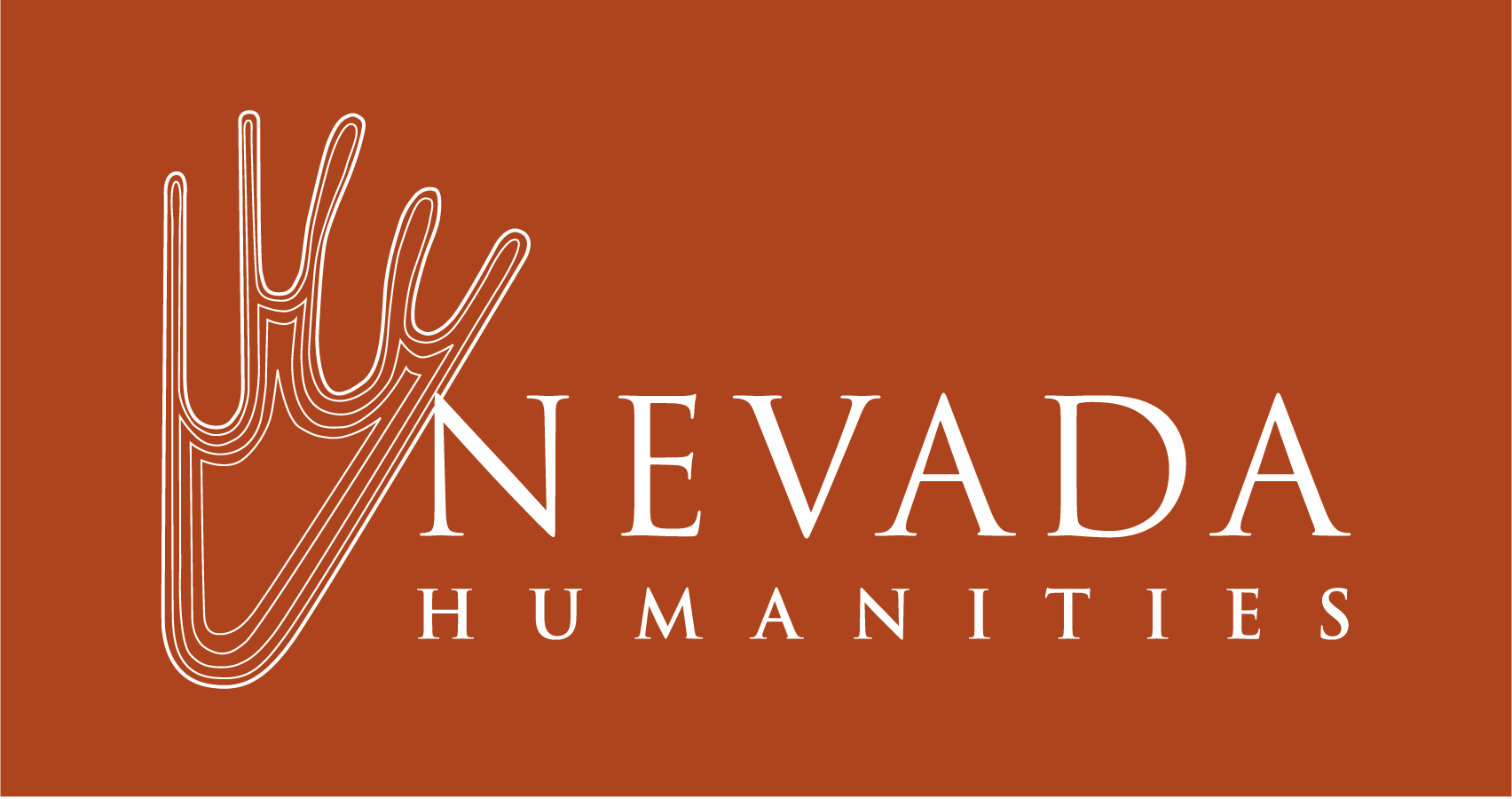Human Suffering and Living Life with Love and Meaning
By Barbara Kohlenberg, Ph.D.
We live in a world full of pain. It is estimated that 50% of the U.S. population has been exposed to trauma, and yet only 5% of men and about 10% of women go on to be impaired by that trauma, or to develop Post Traumatic Stress Disorder (PTSD). How can we understand this? We have rampant human suffering, where people are subject to the unbearable (loss, physical assault, violent deaths, illness, divorce, natural disasters, war, exploitation, betrayal…). And yet most people who have experienced trauma come through it and months or years later, are seemingly back to feeling themselves. And sometimes, traumatized people even emerge from their trauma with increased awareness of the fragility of life and thus stand with their pain in a way that changes and even deepens their experience of life.
One factor that is highly associated with the pain of trauma lingering for a long time is the very human tendency to want to avoid that pain via artificial means. After an emotional trauma of any kind, the use of alcohol, street drugs, and prescription painkillers focused on numbing that pain, predicts problems later on.
Much like our focus in this upcoming Salon discussion on pain and medications, emotional pain can feel unbearable and both the sufferers and the health care providers can be devoted to getting rid of that pain. And yet there is a cost, if that pain in fact is enduring and chronic.
Both scientific evidence, as well as sensibilities offered from various faiths and traditions, converge on the awareness that at times, pain will not and cannot go away. When this is so, we can change our relationship to our pain such that life can continue to be lived in meaningful and satisfying ways.
The statement “the only whole heart is one that has been broken,” found in multiple religious faiths, suggests that when the heart breaks, it allows love, community, spirit, God…whatever works for that person, to enter. The spirit line in Navaho weavings also supports the idea that “flaws” in these weavings are important because that is where spirit enters. The Japanese ceramic art form, Kintsugi, is a practice that demonstrates that when a ceramic pot breaks, and is repaired with gold, it can be even more beautiful than before.
So too can the human heart, when cracking under the weight of the pain and sometimes the cruelty of life, can remain very full. Our human hearts can be open to the truth that along with undeniable suffering and unfairness, life can also be full of delight, meaning, and love.
Dr. Barbara Kohlenberg is a psychologist in Reno. She is a full professor at the University of Nevada School of Medicine Department of Psychiatry, and the Department of Family and Community Medicine. She is a clinical psychology graduate of the University of Nevada, Reno. Dr. Kohlenberg will be a panelist at Nevada Humanities’ upcoming Salon: Pain and Healing.
Nevada Humanities invites you to join in this discussion of pain, trauma, and treatments at our upcoming event, The Salon: Pain and Healing. This Salon gathering will be held on Friday, March 16 beginning at 6 pm at Sundance Books and Music in Reno. Moderated by Dr. Todd Felts, assistant professor in the Reynolds School at the University of Nevada, Reno, the evening will feature a conversation about current physician practices and pitfalls in treating physical pain, while also exploring non-traditional routes to pain management. Our bi-monthly Salon series features a panel discussion with topics relevant to the humanities in Nevada and includes audience discussion and light refreshments.
Photo of Japanese Kintsugi courtesy of Dr. Barbara Kohlenberg

